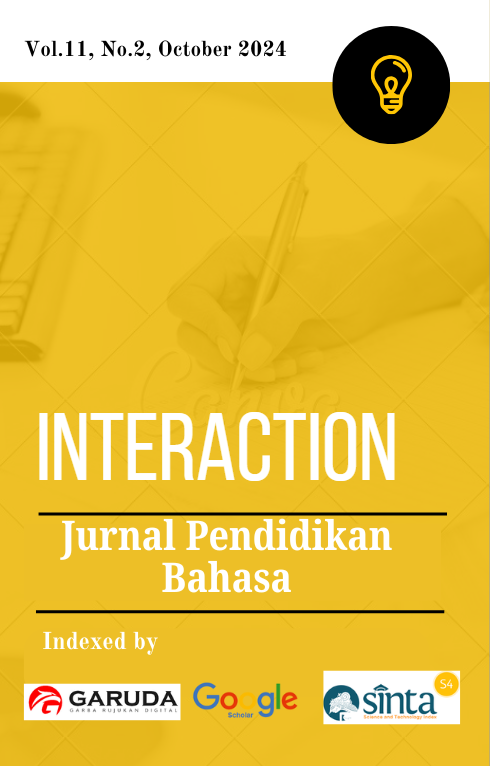English Language Acquisition Challenges and Opportunities in Junior High Schools in Lampung, Indonesia
DOI:
https://doi.org/10.36232/interactionjournal.v11i2.3286Keywords:
English As a Foreign Language (EFL) Acquisition, Junior High School, Lampung, Indonesia, Language Learning FactorsAbstract
This study explores the language learning factors: challenges and opportunities in the acquisition of English as a Foreign Language (EFL) among junior high school learners in Lampung, Indonesia. Adopting a mixed-methods approach, it involved 120 eighth-grade students from three public schools and utilized proficiency assessments, classroom observations, and semi-structured interviews with students and teachers. Quantitative results indicated moderate proficiency, with significant weaknesses in speaking fluency and listening comprehension. Meanwhile, qualitative data revealed that grammar-focused instruction, limited English exposure, and learner anxiety were key obstacles to effective acquisition. Thematic analysis identified three major issues: the predominance of traditional teaching methods, low student confidence in communicative tasks, and limited engagement with English-language media. These findings underscore the need for more communicative and enriching classroom practices and learner-centered approaches. The study offers context-specific pedagogical recommendations and highlights directions for future research in similar EFL settings.








